Since its inception in 2002, LinkedIn has transformed the way professionals interact and collaborate in the digital age, amassing more than 774 million members worldwide. As the platform continues to evolve, it remains a crucial resource for businesses and individuals alike, enabling them to forge meaningful connections, share knowledge, and unlock new opportunities for growth and success.
In this article, we will explore 20 powerful LinkedIn lead generation strategies designed to enhance your visibility and credibility on the platform, ultimately aiding you in attracting a greater number of leads and clients.
| LinkedIn Marketing TacticsExample | Cost | Effort | Best for (type of person/business) | |
|---|---|---|---|---|
| Creating and Sharing Engaging Content Publishing informative articles | Low | Medium | Businesses wanting to showcase expertise | |
| Using LinkedIn Ads for Targeted Promotion Promoting a new product launch | Medium-High | Medium | Businesses looking to reach a specific audience | |
| LinkedIn Sponsored InMail | Sending personalised event invitations | Medium | Medium | B2B businesses targeting decision-makers |
| LinkedIn Lead Generation Forms Collecting leads from sponsored posts | Medium | Low | Businesses aiming to grow their email list | |
| LinkedIn Sales Navigator | Finding leads in a specific industry | High | Medium | Sales teams targeting specific buyer personas |
| LinkedIn Showcase Pages Highlighting a specific product line | Low | Medium | Businesses with multiple products/services | |
| LinkedIn Live | Hosting a live webinar | Low | High | Businesses aiming to engage with their audience |
| LinkedIn Retargeting Ads Retargeting website visitors | Medium-High | Medium | Businesses with strong online presence | |
| LinkedIn Lookalike Audiences | Targeting similar users to existing leads | Medium-High | Medium | Businesses looking to expand their audience |
| LinkedIn Audience Insights Analysing the demographics of followers | Low | Low | Marketers seeking to refine targeting strategies | |
| LinkedIn Conversation Ads | Guiding users through a sales funnel | Medium | Medium | Businesses looking to engage leads directly |
| LinkedIn Polls and Surveys Collecting feedback on a product | Low | Low | Businesses seeking customer insights | |
| LinkedIn Sponsored Content | Promoting a blog post or article | Medium | Low | Businesses aiming to increase content visibility |
| LinkedIn Lead Gen Forms on Events Collecting leads from event sign-ups | Low | Low | Businesses organising online events |
1. Optimising Your LinkedIn Profile and Company Page
In order to make the most of your presence on LinkedIn, it’s essential to optimise both your personal profile and company page. By doing so, you’ll increase your visibility, credibility, and overall effectiveness on the platform, helping you to attract more connections and potential clients.
Profile Picture
Cover Photo
Headline
Summary
- Write in the first person to create a more personal and relatable tone.
- Highlight your key accomplishments, skills, and areas of expertise.
- Share your professional goals and what you’re passionate about.
- Mention any awards, certifications, or recognitions you’ve received.
- Include a call-to-action, such as inviting people to connect, visit your website, or check out your portfolio.
2. Building and Engaging Your LinkedIn Network
Connections
- Connect with people in your industry, potential clients, and other professionals who can help you grow your business. Look for individuals who have shared interests, backgrounds, or experiences.
- Personalise your connection requests by mentioning something you have in common, such as a shared connection, group, or event. This increases the chances of acceptance and starts the relationship on a positive note.
- Regularly engage with your connections by liking, commenting, and sharing their posts. This helps to strengthen your relationships and keep you top-of-mind.
Followers
- Share valuable content that is relevant to your industry and target audience. This includes articles, videos, infographics, and case studies that provide useful information or insights.
- Post regular updates about your company, such as new products, services, or partnerships. This keeps your followers informed and engaged with your brand.
- Encourage your connections to follow your company page by including a call-to-action in your posts or messages or by adding a “Follow” button on your website and email signature.
Groups
- Join relevant LinkedIn groups in your industry, niche, or area of expertise. Look for active groups with a large number of engaged members.
- Actively participate in discussions by sharing your insights, asking questions, and providing valuable advice. This can help to increase your visibility and demonstrate your expertise.
- Start your discussions by posing thought-provoking questions or sharing interesting articles about the group’s theme. This can spark conversation and encourage others to engage with you.
3. Participating in LinkedIn Groups and Discussions
4. Creating and Sharing Engaging Content on LinkedIn
Articles
- Choose relevant topics for your industry and audience, addressing common challenges and trends or providing useful tips.
- Write in a clear and concise manner, using short paragraphs and bullet points to make your content easy to read.
- Include images, infographics, or other visual elements to enhance your article and engage your audience.
- Engage with your readers by asking questions and encouraging feedback in the comments section. Respond to comments to create an ongoing dialogue with your audience.
Videos
- Create short, informative videos that teach your audience something new or provide valuable insights. This could include how-to guides, tutorials, or industry news updates.
- Share behind-the-scenes footage of your business, such as team events, office tours, or product development processes. This helps humanise your brand and allows your audience to connect with you personally.
- Host live video sessions or webinars to engage with your audience in real time, answer questions, and discuss industry topics.
- Use captions and subtitles to make your videos accessible to all viewers, including those with hearing impairments or who prefer to watch videos without sound.
Presentations
- Use an online presentation tool like PowerPoint, Google Slides, or Canva to create professional-looking presentations with visually appealing layouts, fonts, and colours.
- Keep your presentations concise and focused on one topic or theme. Aim for no more than 10-15 slides to ensure your audience remains engaged throughout.
- Include visuals, such as images, charts, or infographics, to support your points and make your presentation more engaging.
- Share your presentations on LinkedIn by uploading them as a document post or embedding them into an article. This lets your connections and followers view your presentation directly on the platform.
By creating and sharing valuable and engaging content on LinkedIn, including articles, videos, and presentations, you can demonstrate your expertise, connect with your target audience, and strengthen your personal brand.
5. Using LinkedIn Ads for Targeted Promotion
- Define Your Target Audience: Define your target audience using LinkedIn’s targeting options, such as job title, industry, and company size. Click here to get started.
- Choose Your Ad Format: Choose the ad format that best suits your campaign objectives, such as Sponsored Content or Sponsored InMail.
- Craft Your Ad: Craft an ad that speaks to your target audience’s needs and pain points and includes a clear call to action.
- Set Your Budget: Set a budget that aligns with your marketing objectives and monitor your spending closely.
- Monitor Performance: Monitor the performance of your ads using LinkedIn Analytics and adjust your strategy as needed.
- A/B Test: A/B tests different variations of your ad to see what resonates best with your audience and optimize your campaigns over time.
6. LinkedIn Sponsored InMail
LinkedIn Sponsored InMail is a powerful tool for generating leads, allowing businesses to send personalized messages to their target audience on LinkedIn. To access this tool, click here. Here are some tips to generate leads using LinkedIn Sponsored InMail:
- Define your target audience: Before creating an InMail campaign, define them based on their job title, industry, location, and other demographics. This will help you to reach the right people with your message.
- Craft a compelling message: Create a personalized and engaging message that grabs the attention of your target audience. Focus on the benefits of your product or service, and include a clear call-to-action (CTA) that encourages them to take action.
- Use A/B testing: Test different subject lines, messages, and CTAs to see what works best with your audience. This will help you to optimize your InMail campaigns for better results.
- Segment your audience: Segment your target audience based on their interests, behaviour, and demographics. This will help you to tailor your message to each segment, making it more personalized and relevant.
- Use automation: Send your InMail campaigns at the right time to maximize open rates and response rates using automation. This will save you time and help you to reach more people.
- Measure your results: Track the performance of your InMail campaigns using LinkedIn’s analytics tools. This will help you measure your campaigns’ success and adjust to improve your results.
7. LinkedIn Lead Generation Forms
LinkedIn Lead Generation Forms make it easy for users to share their contact information with you, simplifying collecting and managing leads from your LinkedIn posts and ads. These forms allow businesses to collect information from potential customers, such as their name, email address, job title, and company, directly from their LinkedIn profiles. Click here to access the forms and follow these tips for generating leads through LinkedIn Lead Generation Forms:
- Create a compelling offer: To entice people to fill out your Lead Generation Form, offer them something of value, such as an e-book, whitepaper, or free trial. Make sure the offer is relevant to your target audience.
- Customize your form: Customize your Lead Generation Form to align with your brand and messaging. Include a catchy headline, compelling image, and clear CTA encouraging people to complete the form.
- Target the right audience: Target the right audience based on their job title, industry, location, and other demographics. This will help you reach people most likely interested in your offer.
- Keep the form short: Keep your Lead Generation Form short and simple to increase completion rates. Only ask for information that is essential to your sales process.
- Follow up quickly: Respond to leads quickly to maximize your chances of converting them into customers. Use an automated email system or CRM to follow up with leads promptly and personally.
8. Leveraging LinkedIn Sales Navigator for Personal Marketing
Define Your Target Audience
- Industry or niche
- Job function or title
- Company size
- Geographic location
- Seniority level
Create Custom Searches
Engage with Leads
Monitor Your Prospects
Analyse Your Performance
09. LinkedIn Showcase Pages
- Create a Compelling Showcase Page: Creating an interesting and informative page is the first step in generating leads. To create a page, click here. Make sure to include your company’s logo, a cover image, and a clear description of what your business does. You should also include links to your website, blog, and social media accounts.
- Post Regularly: Showcase Pages should be updated frequently with new content. This will help keep your followers engaged and interested in your business. You should aim to post at least once a week, but ideally, you should aim to post daily.
- Use Hashtags: Using relevant hashtags can help you reach a wider audience on LinkedIn. Research the most popular hashtags in your industry and include them in your posts.
- Engage with Your Followers: Responding to comments and messages from your followers can help build a relationship with them. This can lead to more engagement and more leads.
- Offer Exclusive Content: Offering exclusive content to your followers can help incentivize them to follow your Showcase Page. For example, you could offer a free e-book or webinar to anyone who follows your page.
10. LinkedIn Live
- Plan Your Content: Before going live, plan out what you want to talk about and how you can provide value to your audience. This could be a product demo, a tutorial, or an industry-related discussion. Ensure the content is relevant to your target audience and showcases your expertise.
- Promote Your Live Event: Promote your live event on your LinkedIn page and other social media platforms in advance. You can click here to create an event. Then, email invitations to your contacts and share the event in relevant LinkedIn groups.
- Engage with Your Audience: During the live event, engage with your audience by answering questions and responding to comments. This can help build a relationship with your audience and increase the chances of generating leads.
- Include a Call-to-Action: Include a call-to-action (CTA) in your live event to encourage viewers to take action. This could be a discount offer or a free product or service trial.
- Follow-Up: Follow up with attendees and those who interacted with your content after the live event. You can send a personalized message thanking them for attending and offering additional resources or information.
- Repurpose Your Content: Repurpose your live event into other formats, such as blog posts or social media posts. This can help extend the reach of your content and generate more leads over time.
11. LinkedIn Retargeting Ads
- Install LinkedIn Insight Tag: Ensure you have the LinkedIn Insight Tag installed on your website. This allows LinkedIn to track your website visitors and create a retargeting audience for your ads. Find it here
- Define your retargeting goals: Determine the specific actions you want your retargeted audience to take, such as signing up for a newsletter, downloading a whitepaper, or attending a webinar.
- Create compelling ad creatives: Design ad creatives that resonate with your retargeted audience, offering them value and a reason to re-engage with your brand.
- Monitor and optimise: Track the performance of your retargeting ads, and make necessary adjustments to improve their effectiveness over time.
12. LinkedIn Lookalike Audiences
- Identify your ideal customer profile: Analyse your current customers and leads to determine the common traits that make them valuable to your business.
- Create a Lookalike Audience: Use LinkedIn’s Lookalike Audience feature to create an audience that resembles your ideal customer profile. To create, click here.
- Tailor your messaging: Craft ad copy and visuals that appeal to the characteristics and interests of your Lookalike Audience.
- Test and refine: Experiment with different targeting options, ad creatives, and messaging to identify what resonates best with your Lookalike Audience.
13. LinkedIn Audience Insights
- Access Audience Insights: Visit your LinkedIn Company Page’s analytics tab, and explore the data in the Audience Insights section. Visit here.
- Identify trends and patterns: Analyse the data to identify trends and patterns among your audience, such as job titles, industries, company sizes, and locations.
- Tailor your content strategy: Based on your findings, create content that addresses the specific needs, interests, and pain points of your target audience.
- Adjust your targeting: Use the insights gathered to refine your targeting criteria for LinkedIn Ads, Sponsored Content, and other marketing efforts.
14. LinkedIn Conversation Ads
- Understand your target audience.
- Use a conversational tone in your content.
- Highlight your unique value proposition.
- Offer solutions, not just products.
- Use multimedia to make your content more engaging.
- Optimize your content for keywords related to your business and industry.
- Include a clear call-to-action (CTA).
- Analyze and optimize your Conversation Ads over time.
15. LinkedIn Polls and Surveys
- Define Your Objectives: Before creating a poll or survey, define your objectives. What kind of feedback are you looking for? What insights do you hope to gain? Understanding your objectives will help you create questions that are relevant and useful.
- Keep it Short and Simple: Customers are often busy, so keep your questions short and simple to increase the likelihood of participation.
- Ask the Right Questions: Make sure your questions are relevant to your customers and provide you with useful feedback. Avoid asking leading questions or questions that are too general.
- Use Visuals: Incorporating images and graphics can help make your polls and surveys more visually appealing and engaging.
- Offer Incentives: Consider offering incentives to encourage participation. This could be anything from a free eBook to a discount on your products or services.
- Follow-Up: Follow up with your customers once your poll or survey is complete. Thank them for their participation, and let them know how you plan to use the feedback they provided.
- Use the Feedback: Use the insights you gather from your polls and surveys to improve your products, services, or marketing strategy. Look for trends and patterns in the data, and use this information to make data-driven decisions.
16. LinkedIn Sponsored Content
- Define your audience.
- Use eye-catching visuals.
- Include a strong call to action.
- Offer valuable content.
- Test and optimize.
- Leverage LinkedIn’s targeting options.
- Monitor and adjust your budget.
17. LinkedIn Lead Gen Forms on Events
- Create an Event: Create an event on LinkedIn and set up your Lead Gen Form. Find it here.
- Keep it Simple: Keep your Lead Gen Form short and simple to increase the likelihood of attendees completing it.
- Use Custom Fields: Use custom fields to gather additional information relevant to your business.
- Offer Incentives: Consider offering incentives to encourage attendees to fill out your Lead Gen Form, such as a discount on your products or services.
- Follow Up: Follow up with your leads after the event, and use the information you’ve gathered to personalize your outreach.
- Measure Your Success: Measure the success of your Lead Gen Form by tracking your leads and conversions, and adjust your strategy as needed.
18. LinkedIn Sponsored Messages
19. LinkedIn Analytics
- Define Your Objectives: Define your lead generation objectives and identify the key metrics you want to track, such as impressions, clicks, and conversions.
- Monitor Performance: Monitor the performance of your lead generation campaigns on LinkedIn Analytics and track your progress towards your objectives over time.
- Identify Trends: Identify trends and patterns in your data to determine what’s working and what’s not.
Adjust Your Strategy: Use the insights you gather from LinkedIn Analytics to adjust your strategy and optimize your campaigns for better results. - Refine Your Targeting: To ensure your content reaches the right audience, adjust your messaging accordingly.
- Measure ROI: Measure your lead generation campaigns’ return on investment (ROI) to ensure they contribute to your bottom line.
20. LinkedIn Integrated Solutions
- Define Your Objectives: Define your marketing objectives and identify the LinkedIn Integrated Solutions that can help you achieve them, such as Sponsored Content or LinkedIn Live.
- Leverage the Full Suite: Consider leveraging the full suite of LinkedIn Integrated Solutions to create a comprehensive marketing strategy that reaches your target audience through multiple channels.
- Tailor Your Approach: Tailor your approach to each Integrated Solution you use and create optimised content for each channel.
Measure Performance: Measure the performance of your Integrated Solutions campaigns using LinkedIn Analytics and adjust your strategy accordingly. - Integrate with Your Existing Tools: Integrate LinkedIn Integrated Solutions with your existing marketing tools, such as your CRM or marketing automation software, to streamline your workflow and improve efficiency.
- Stay Up-to-Date: Stay up-to-date with new LinkedIn Integrated Solutions and features as they are released to ensure you are taking advantage of the latest opportunities.

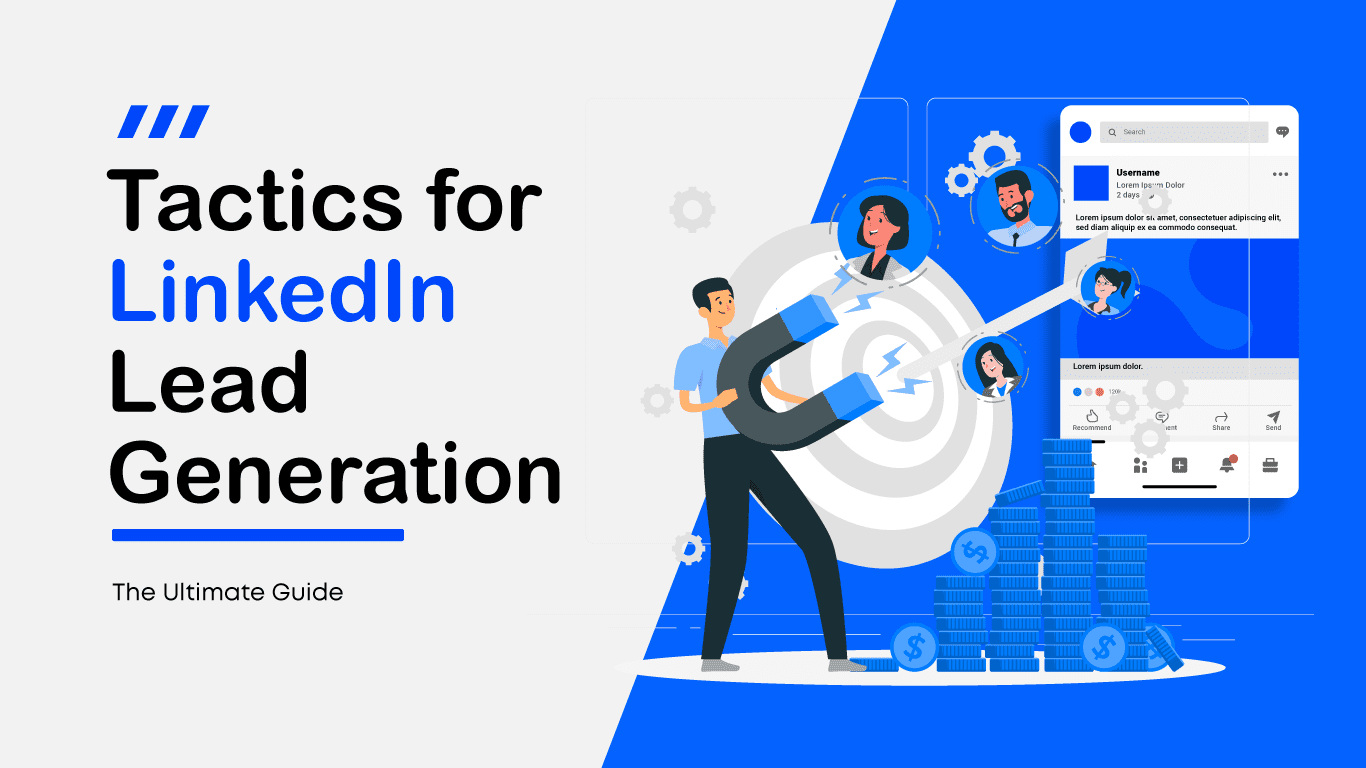
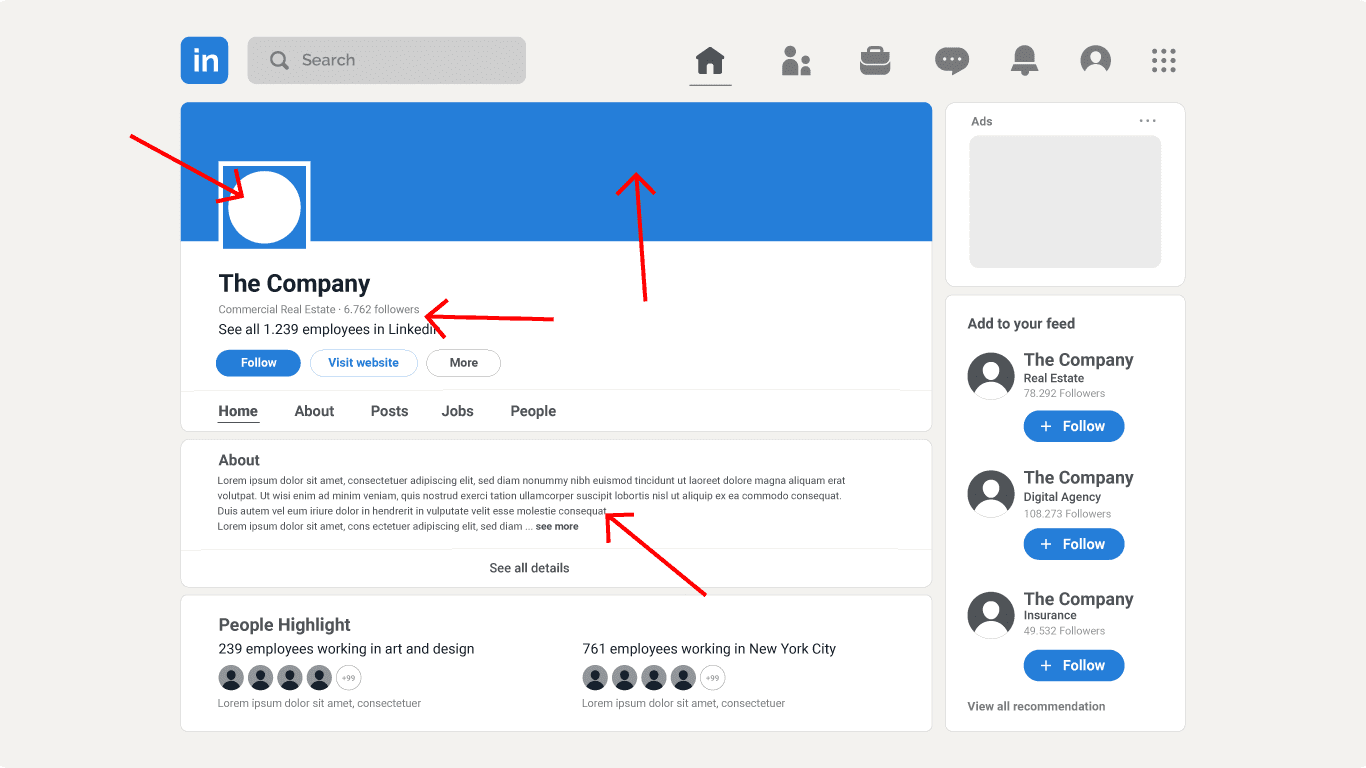
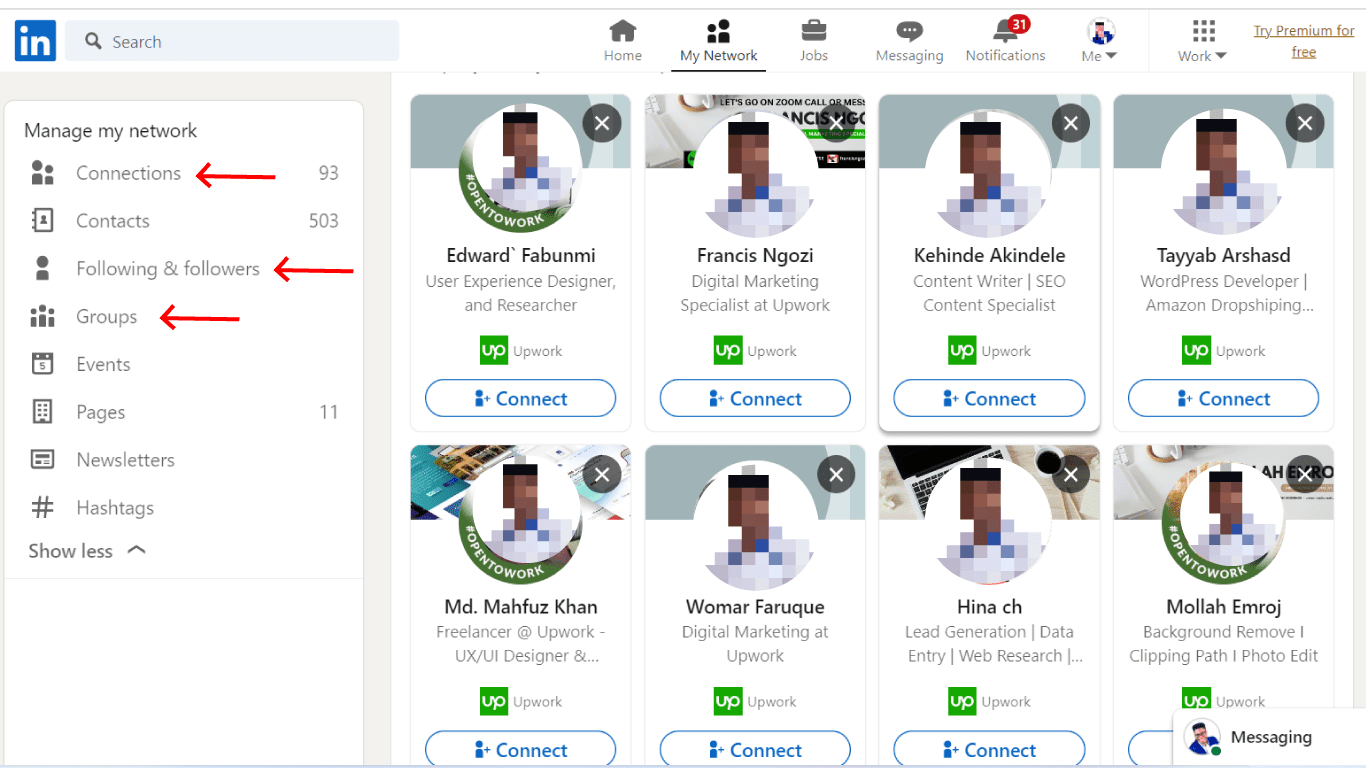
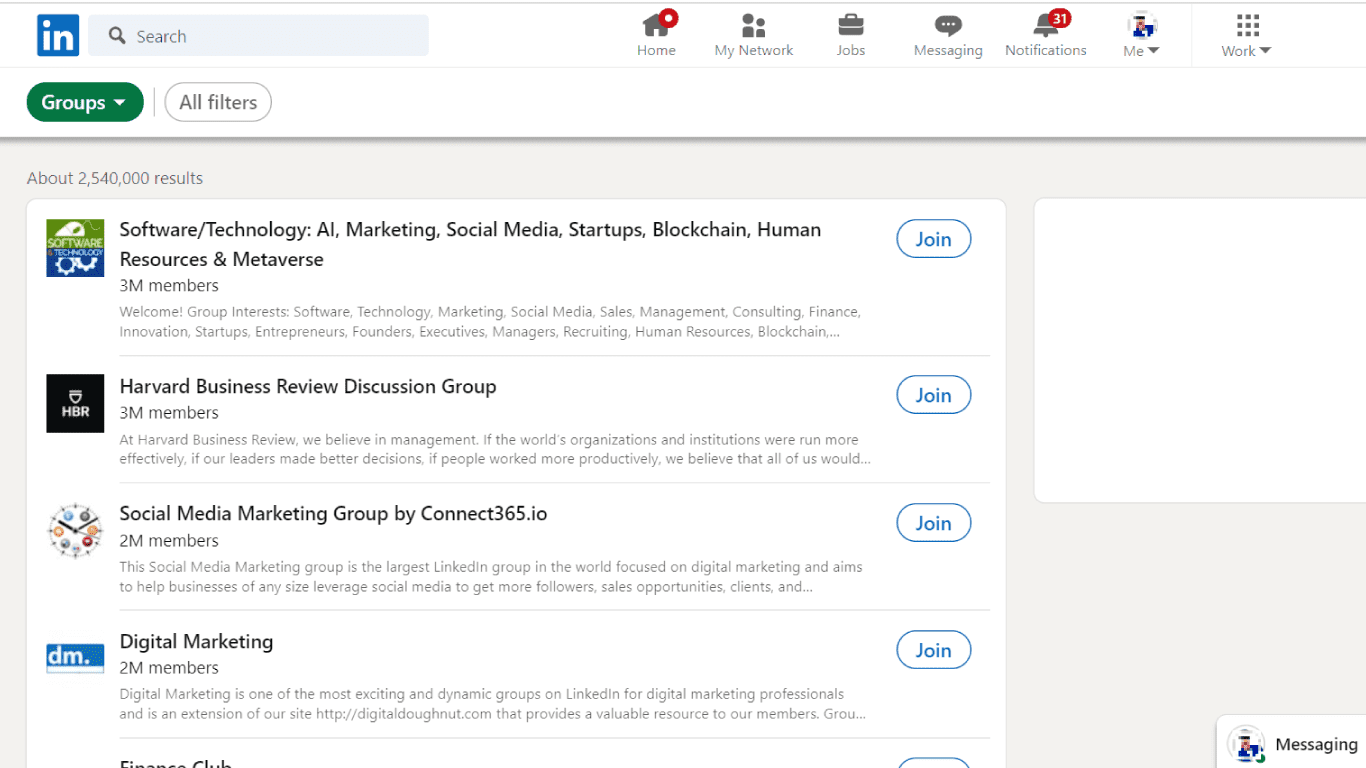
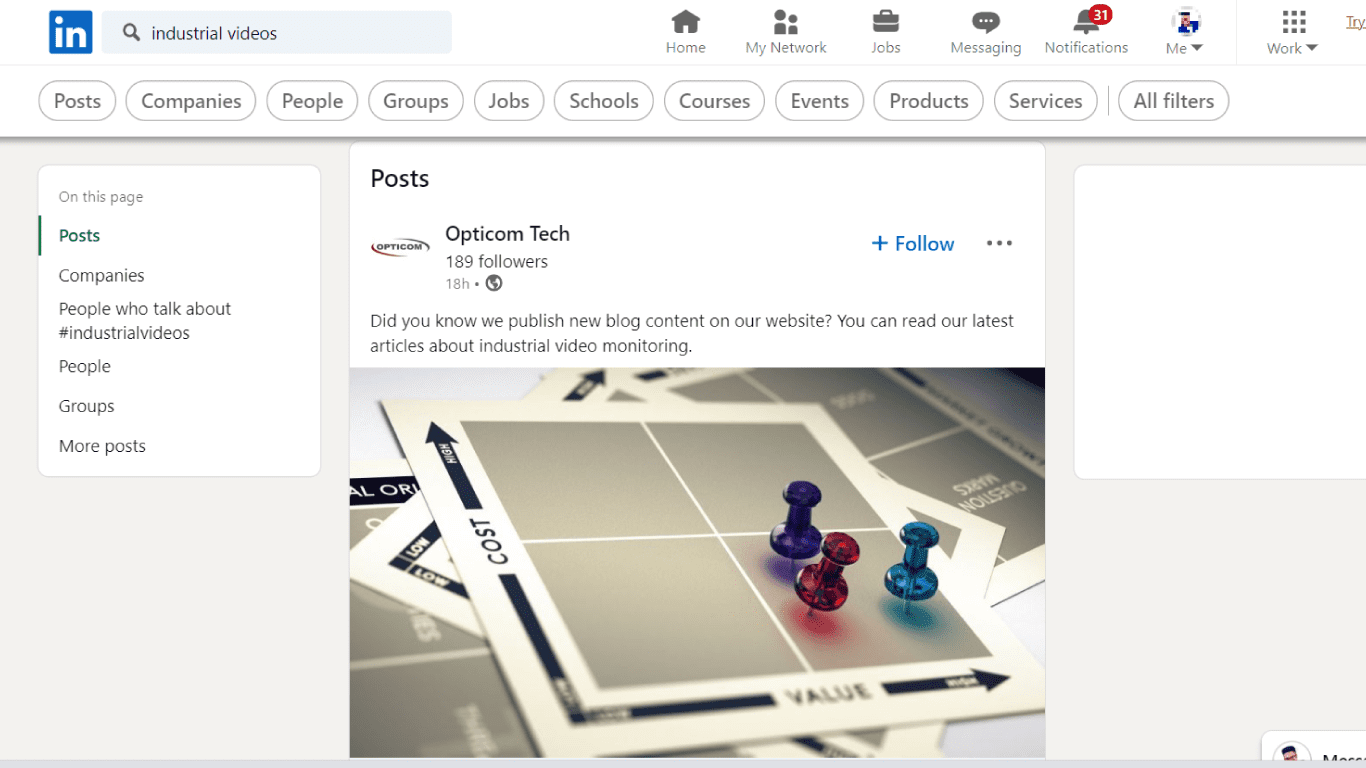
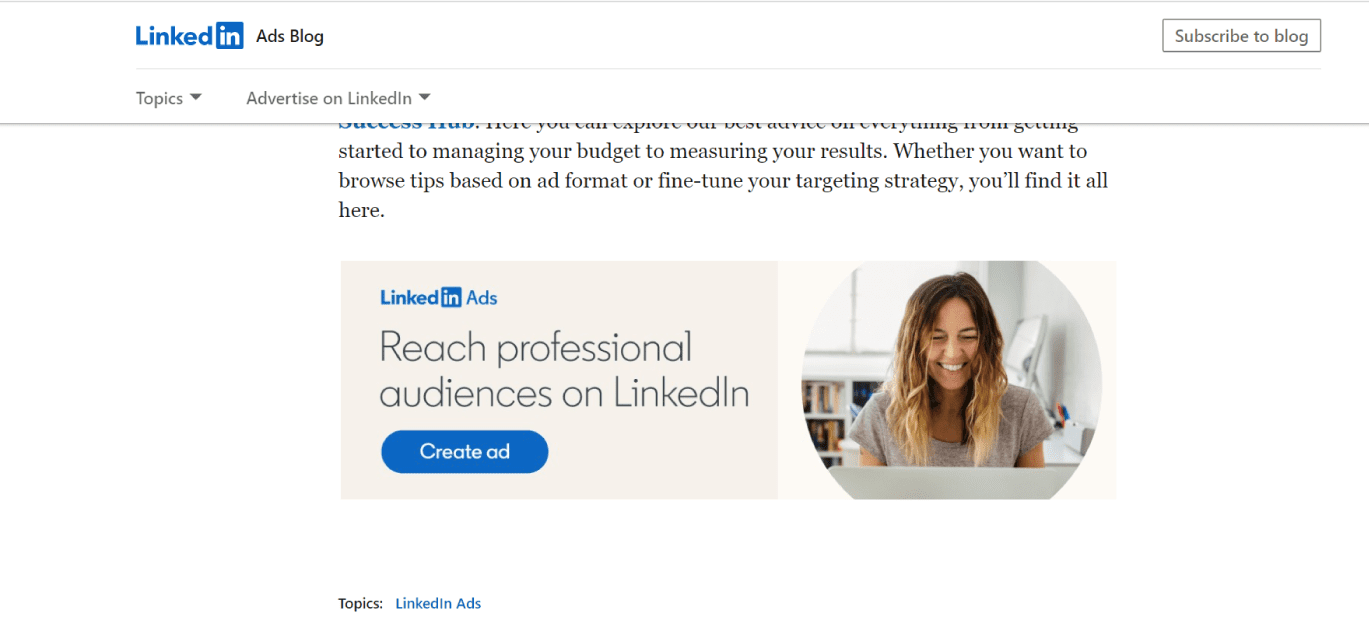
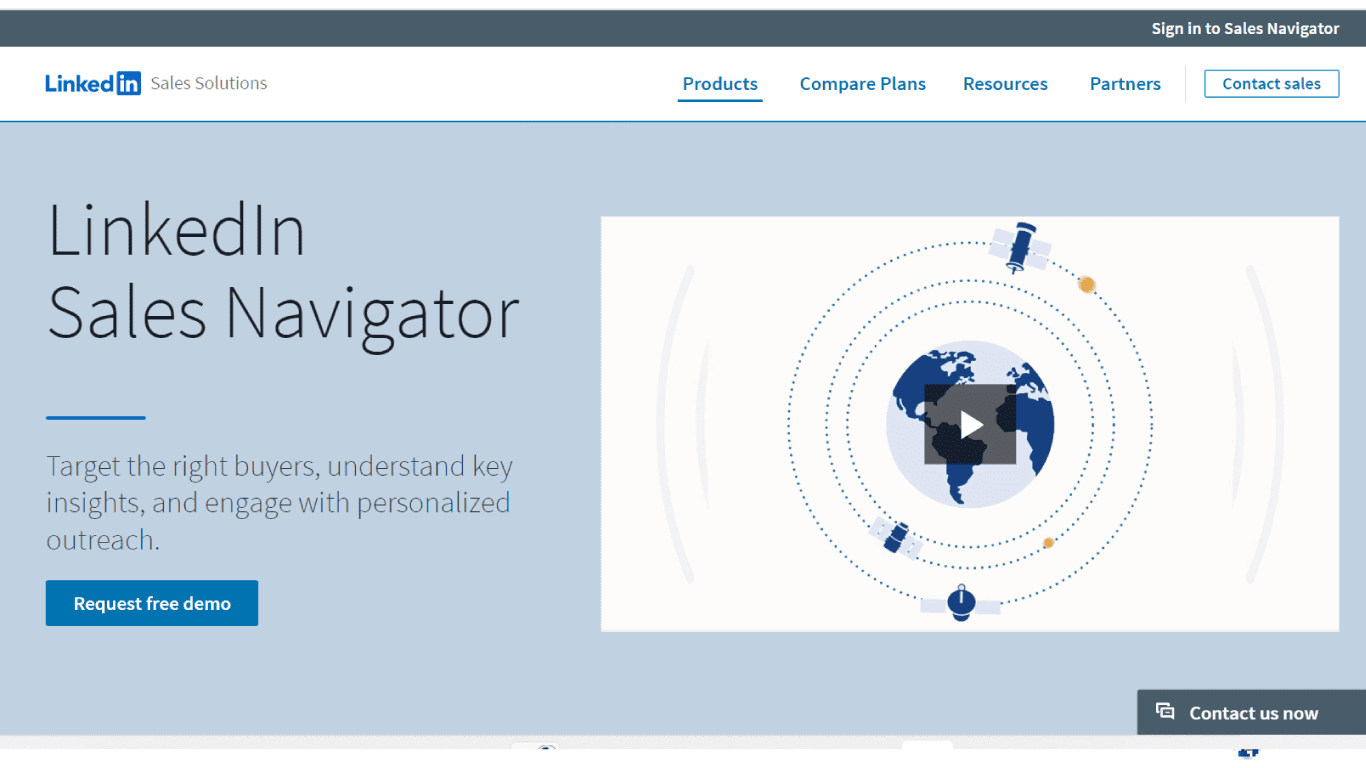
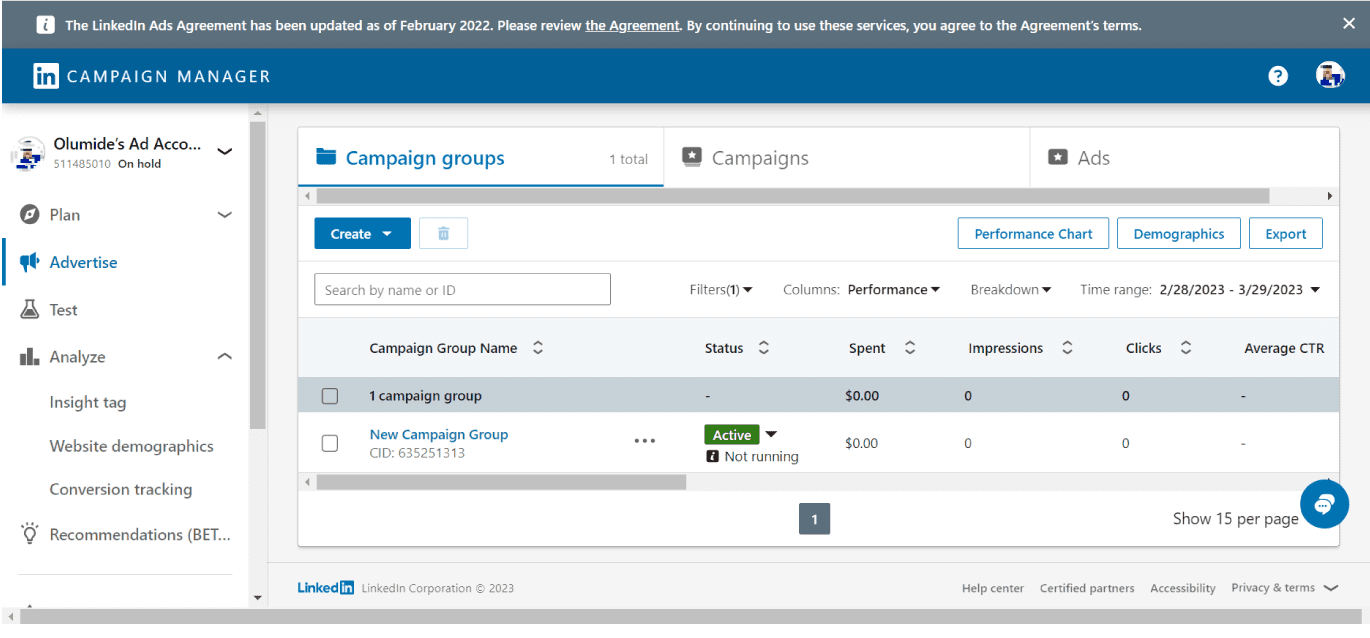
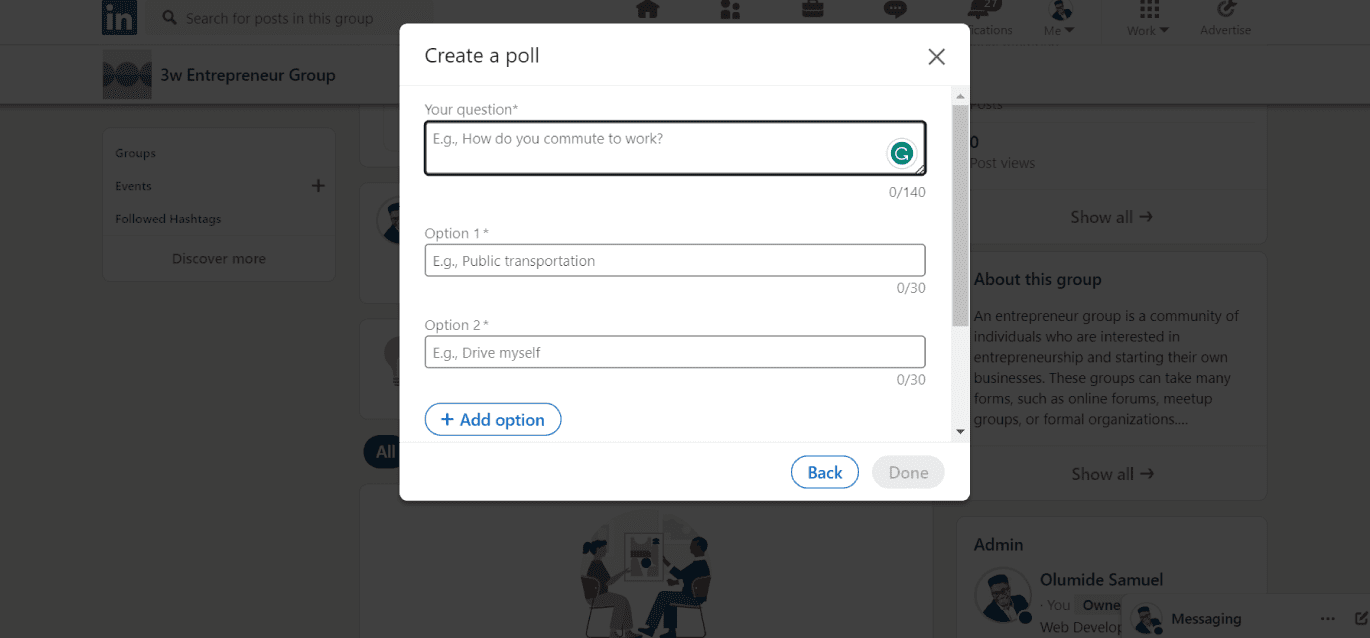
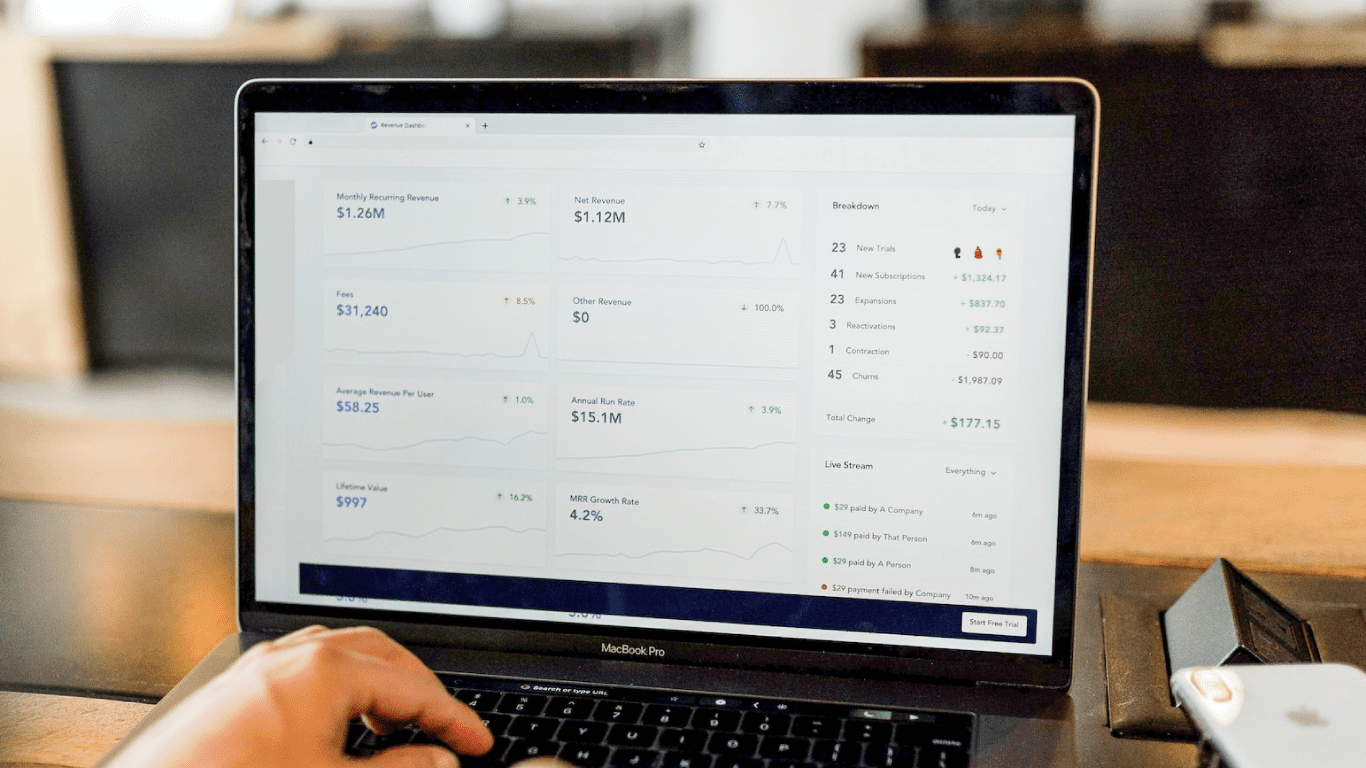

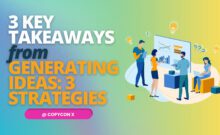
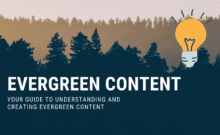
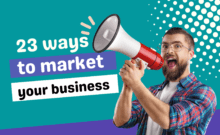
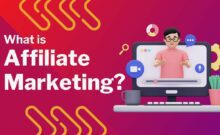
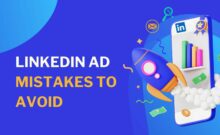
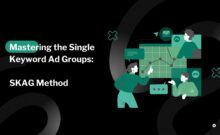

Leave a Comment